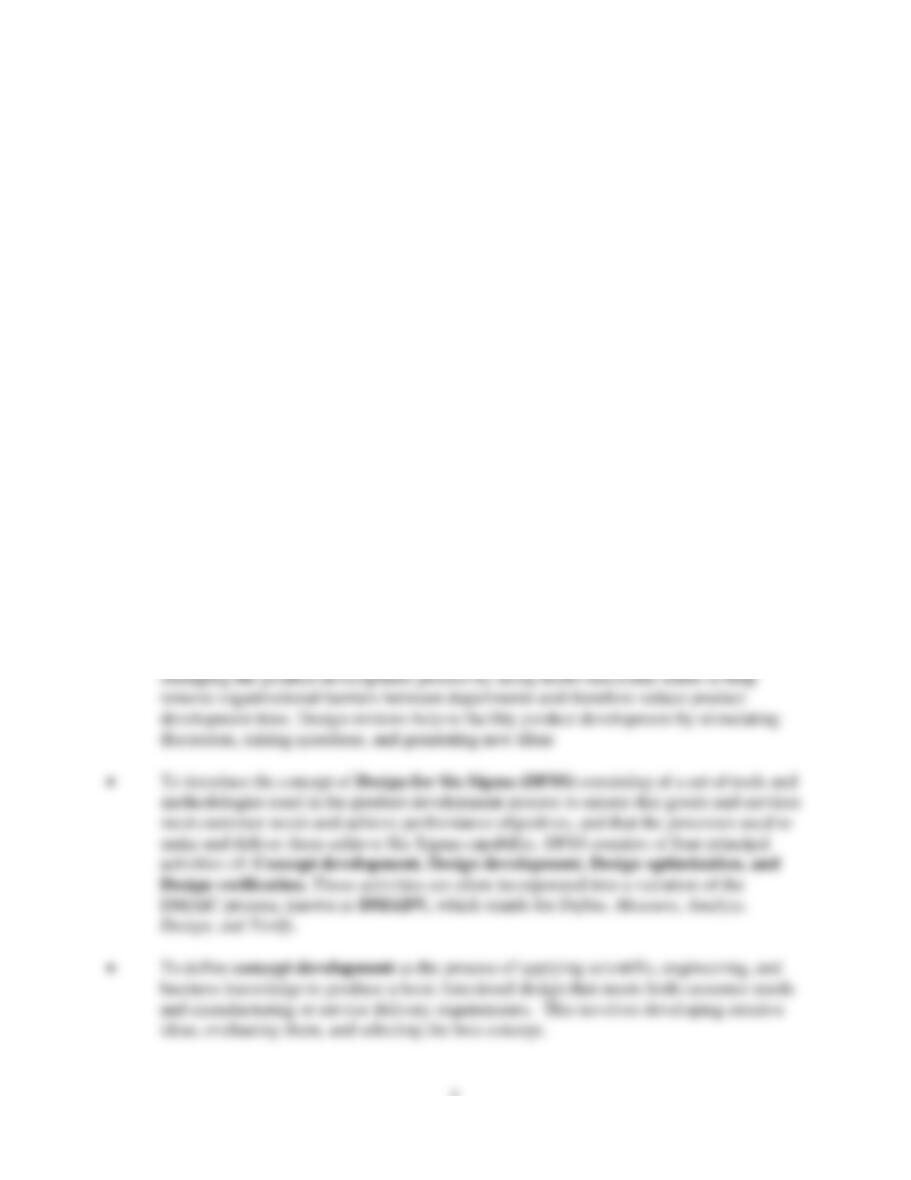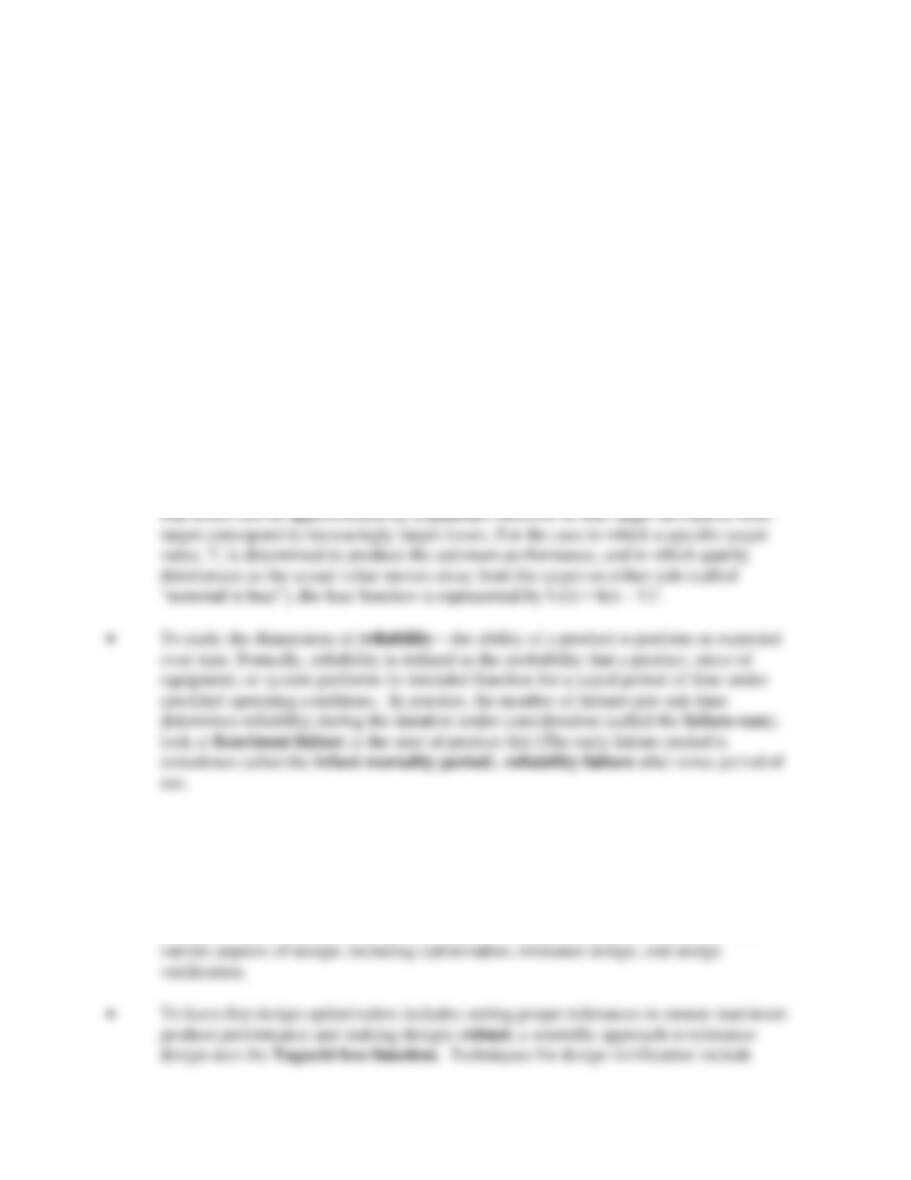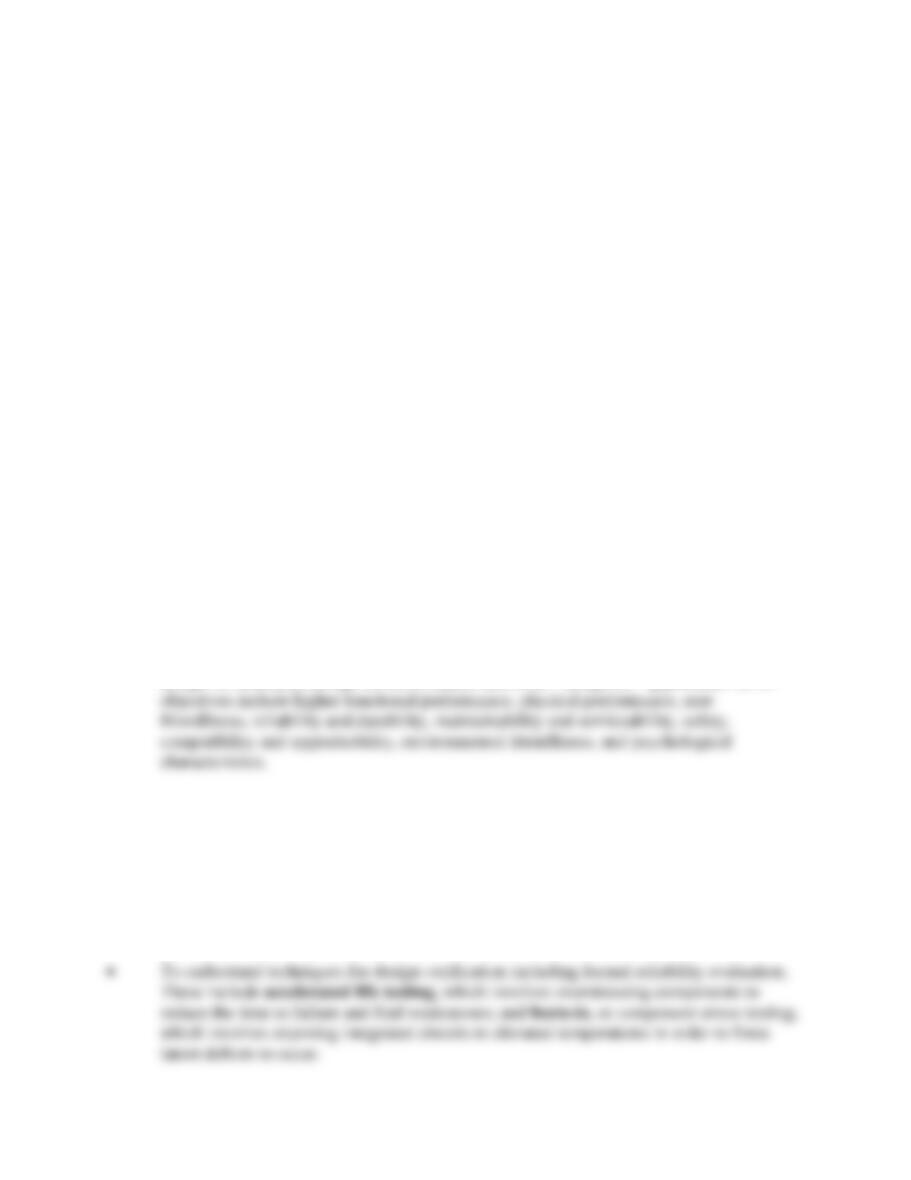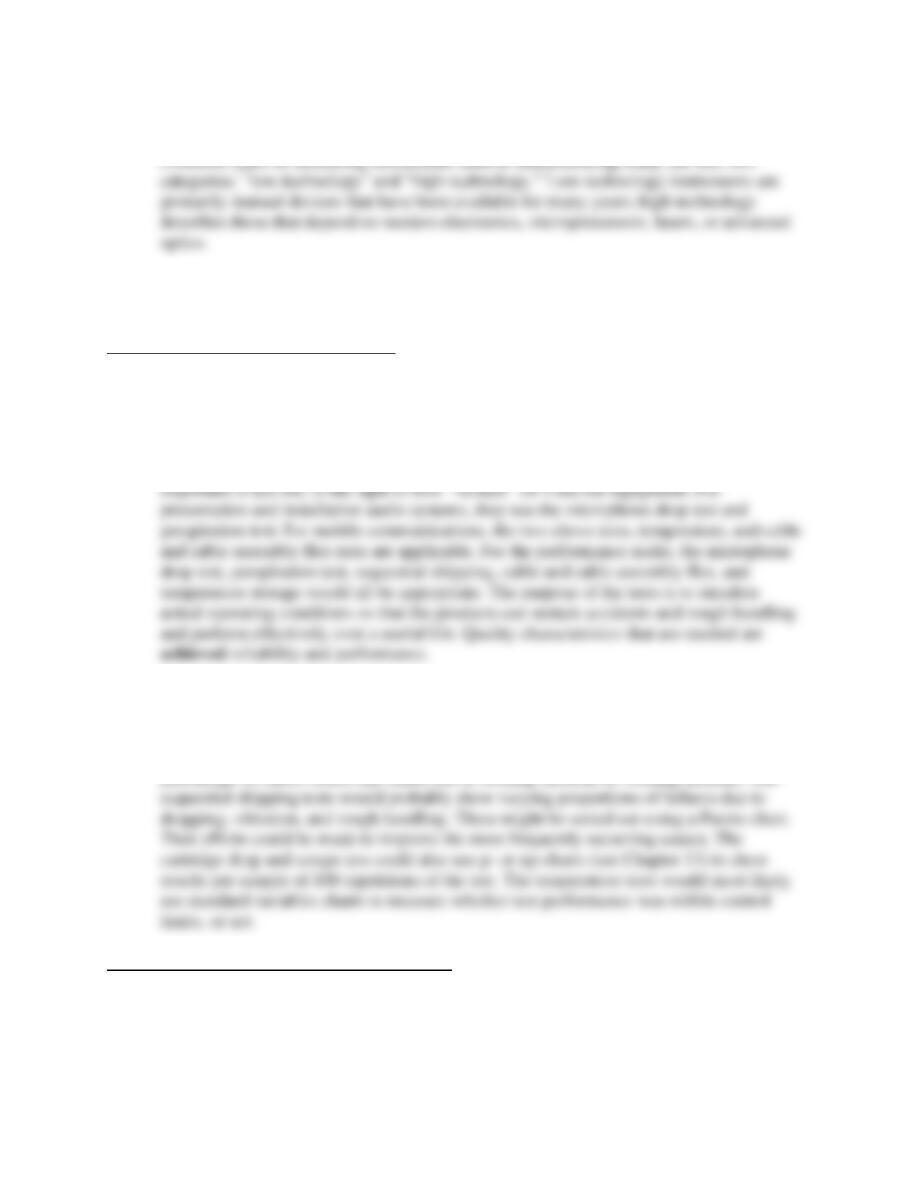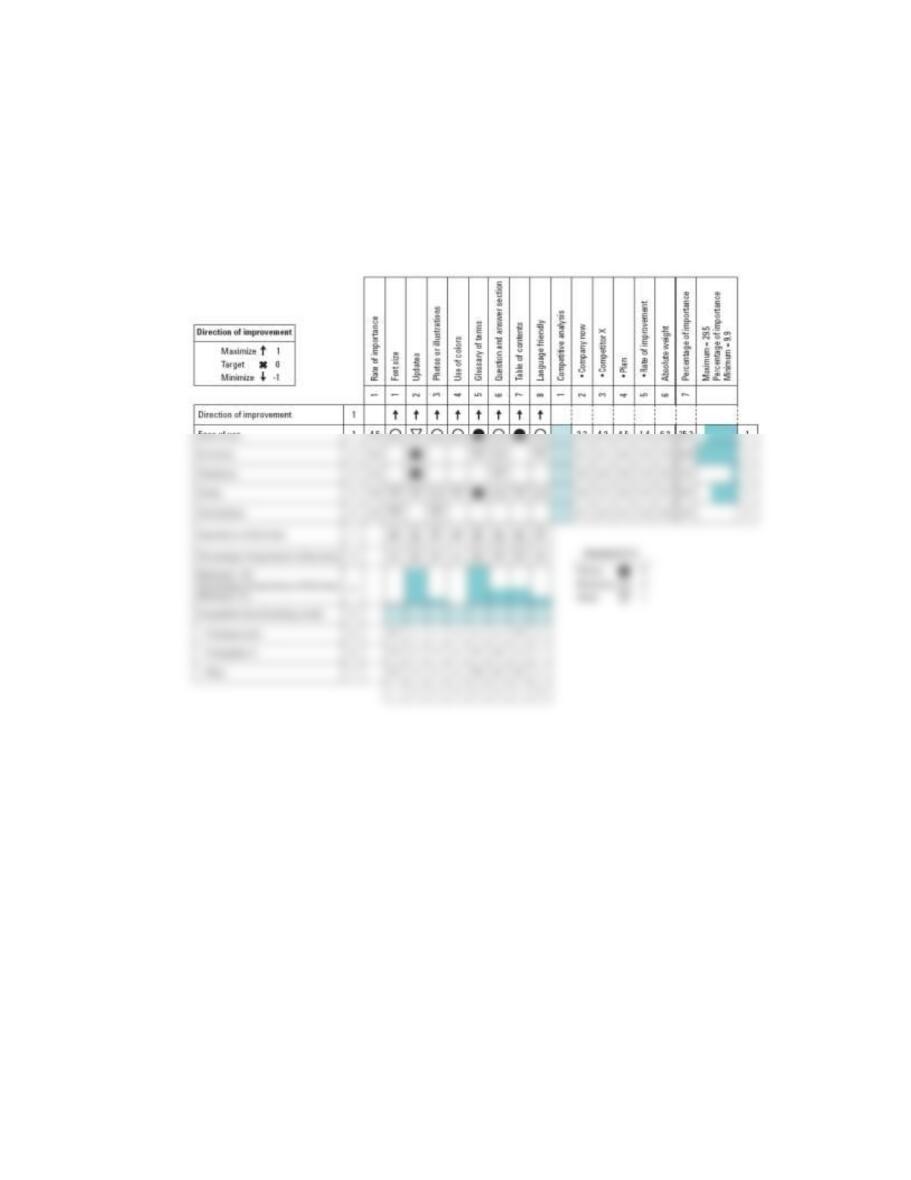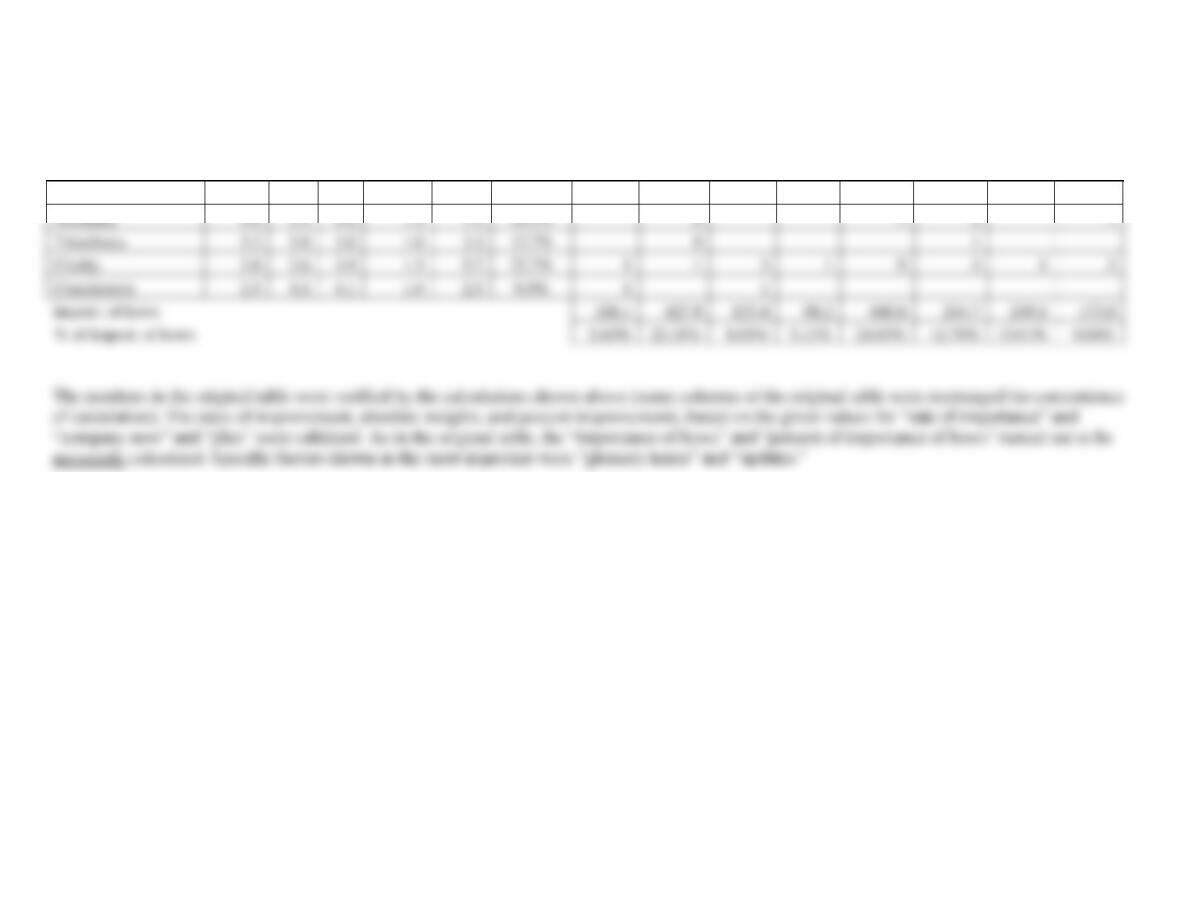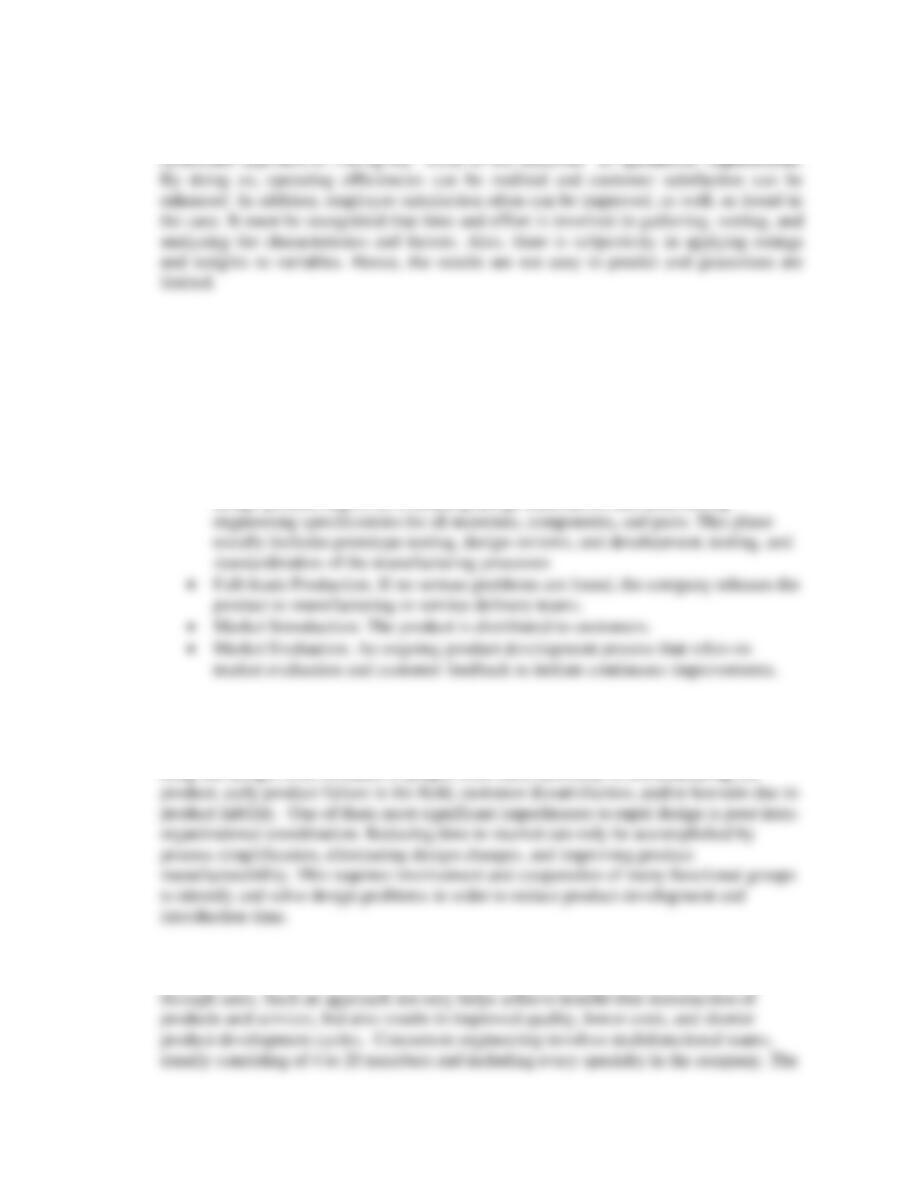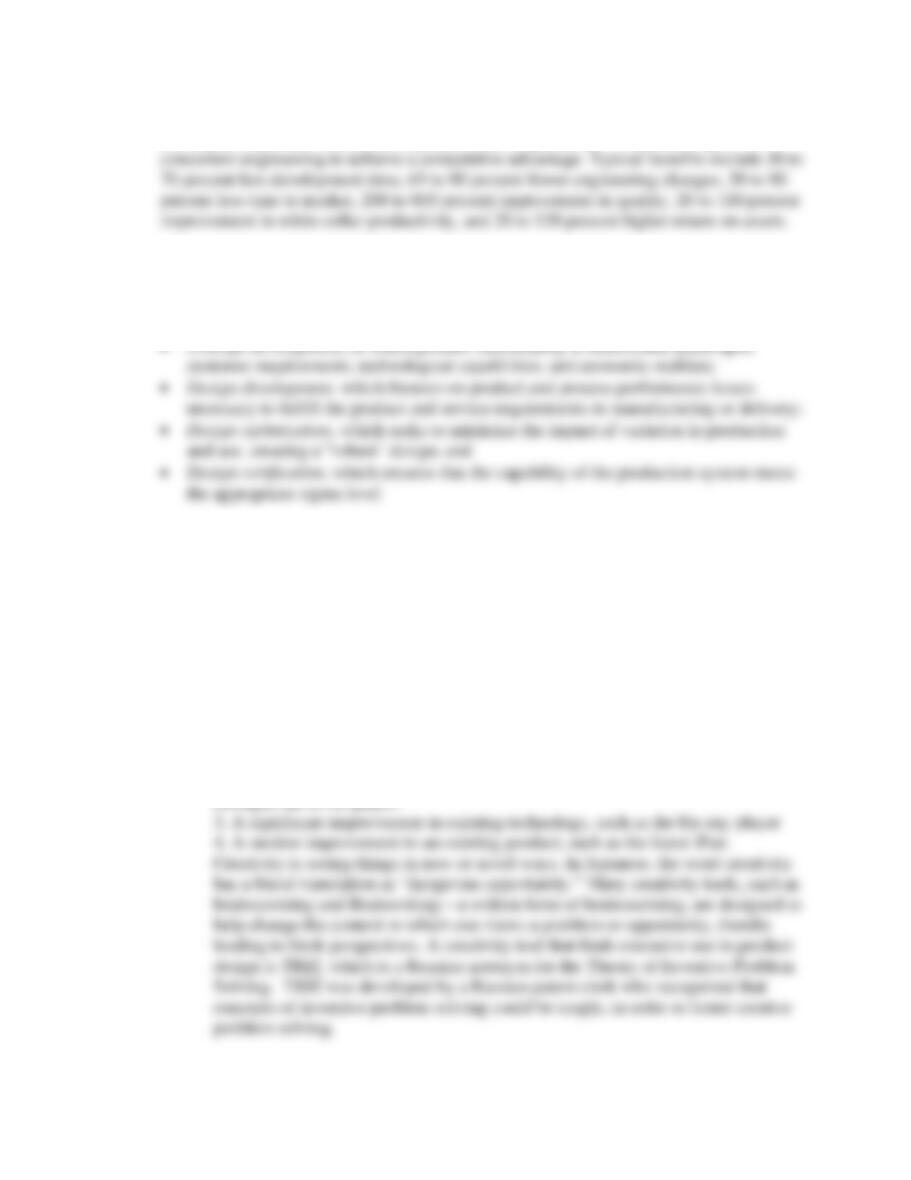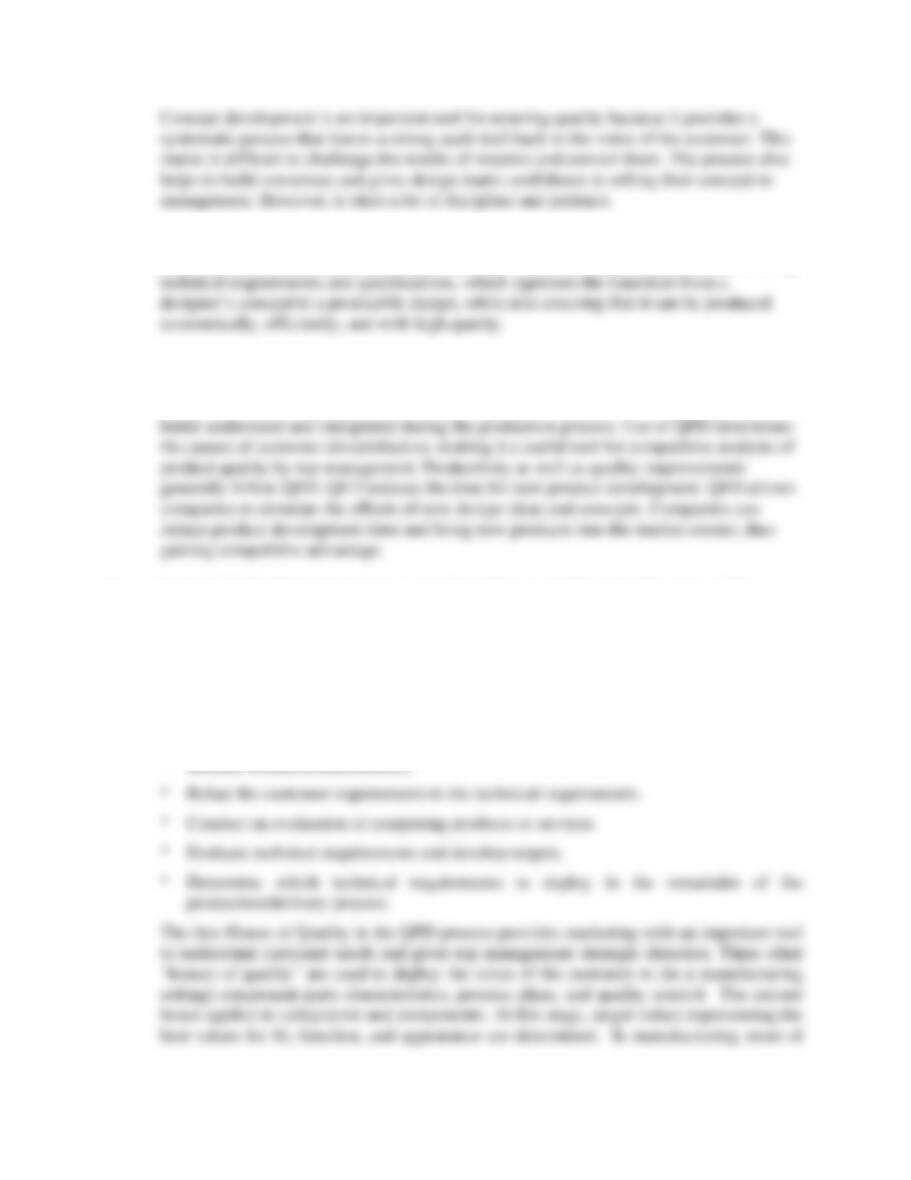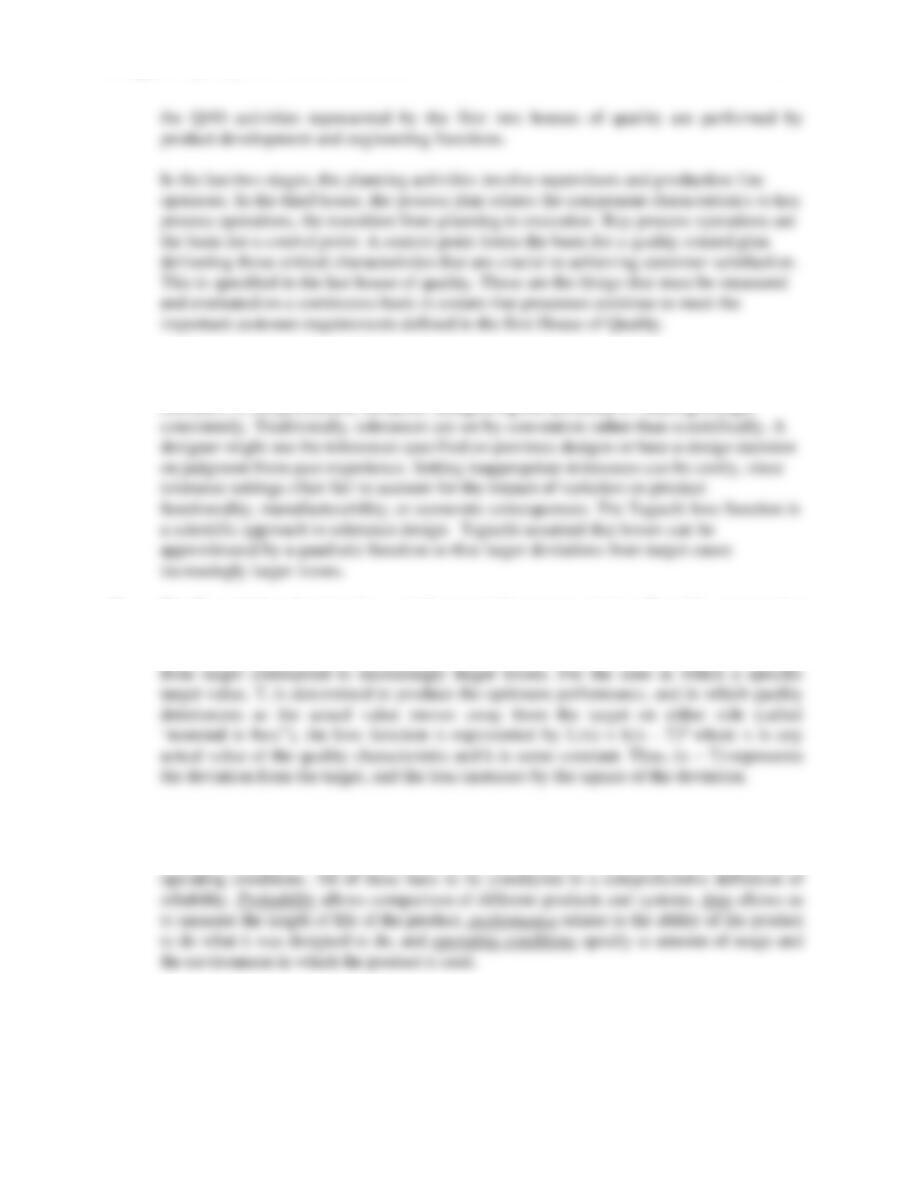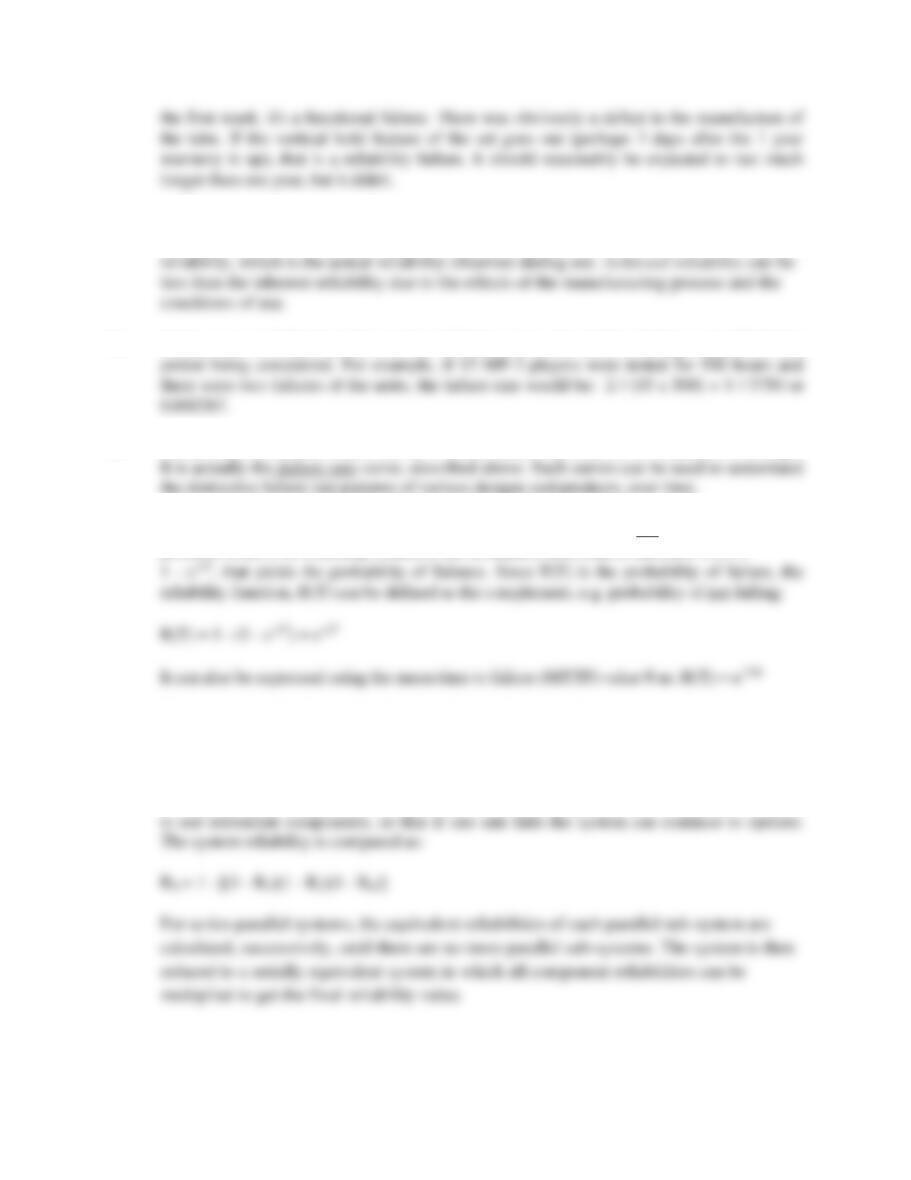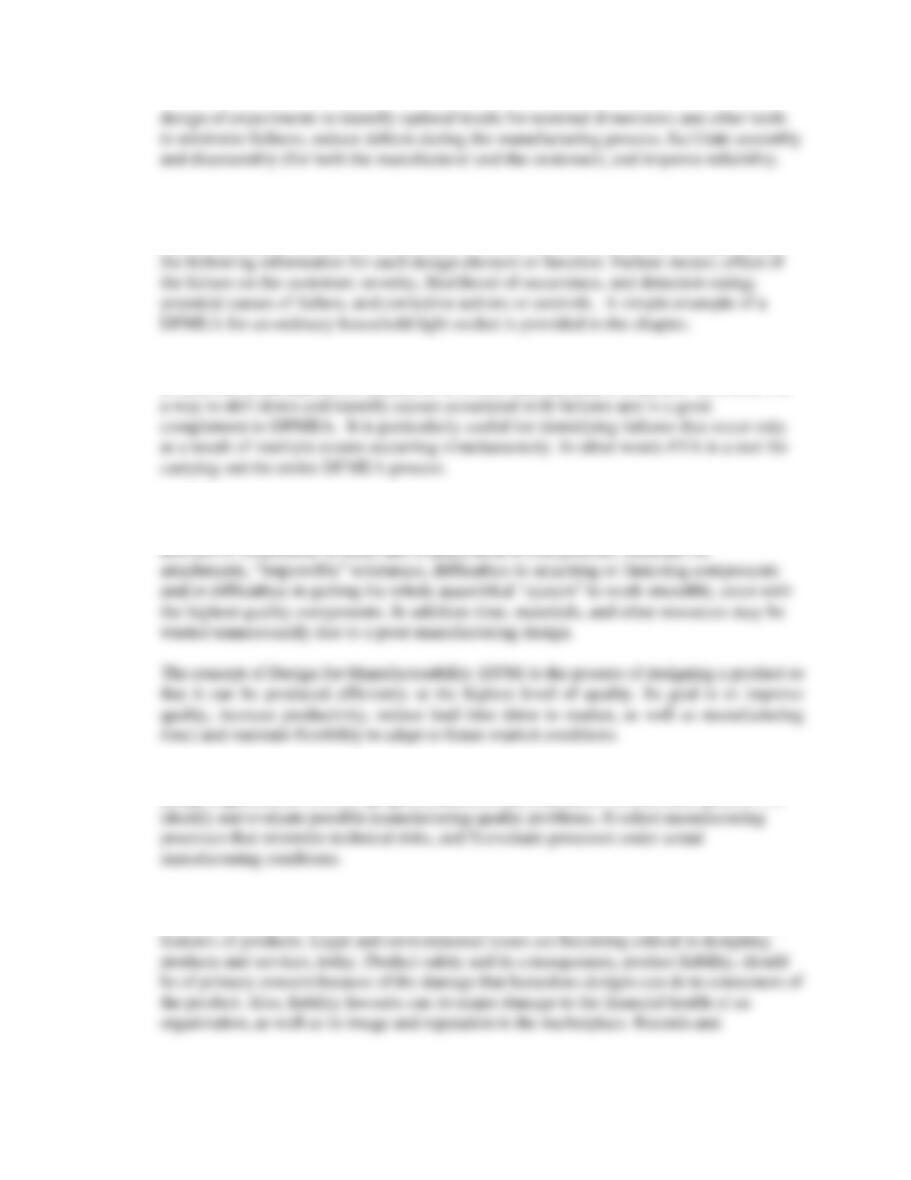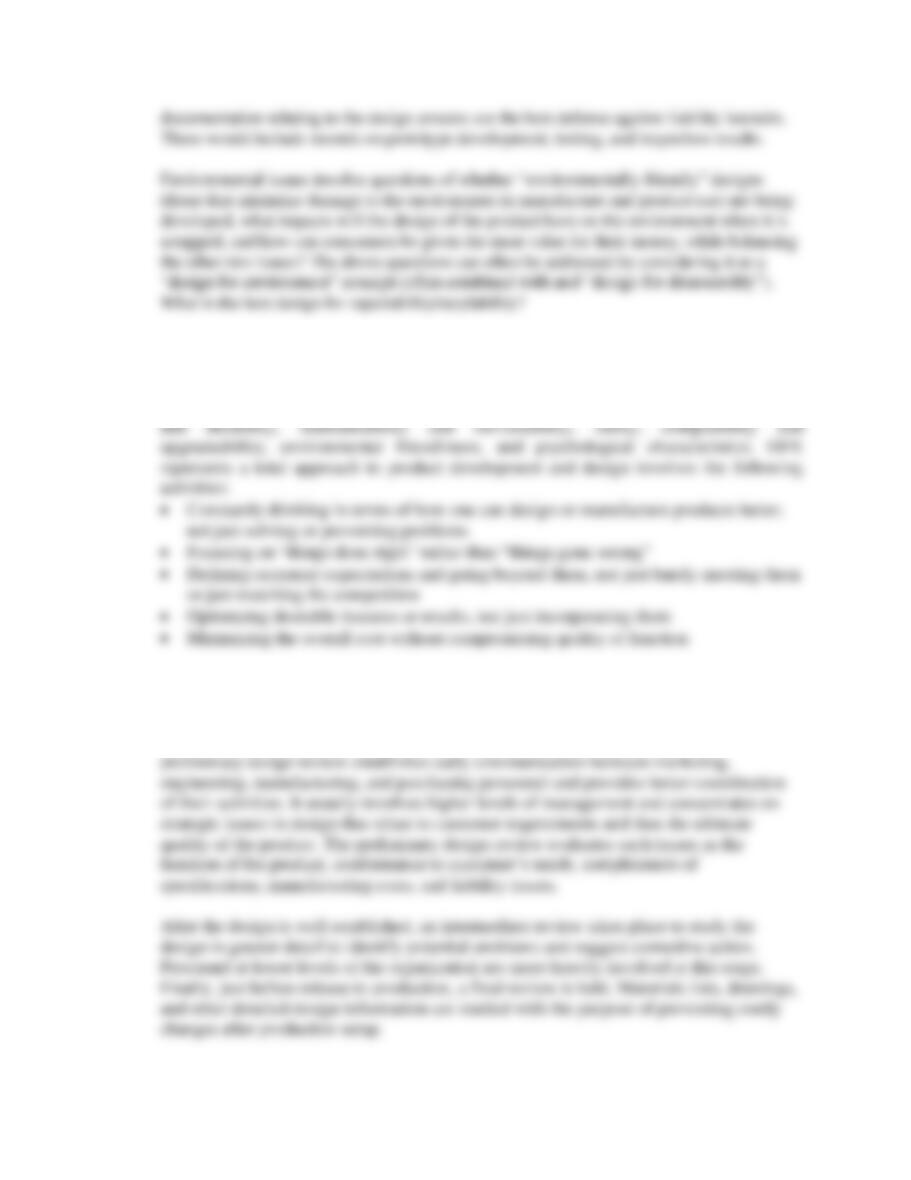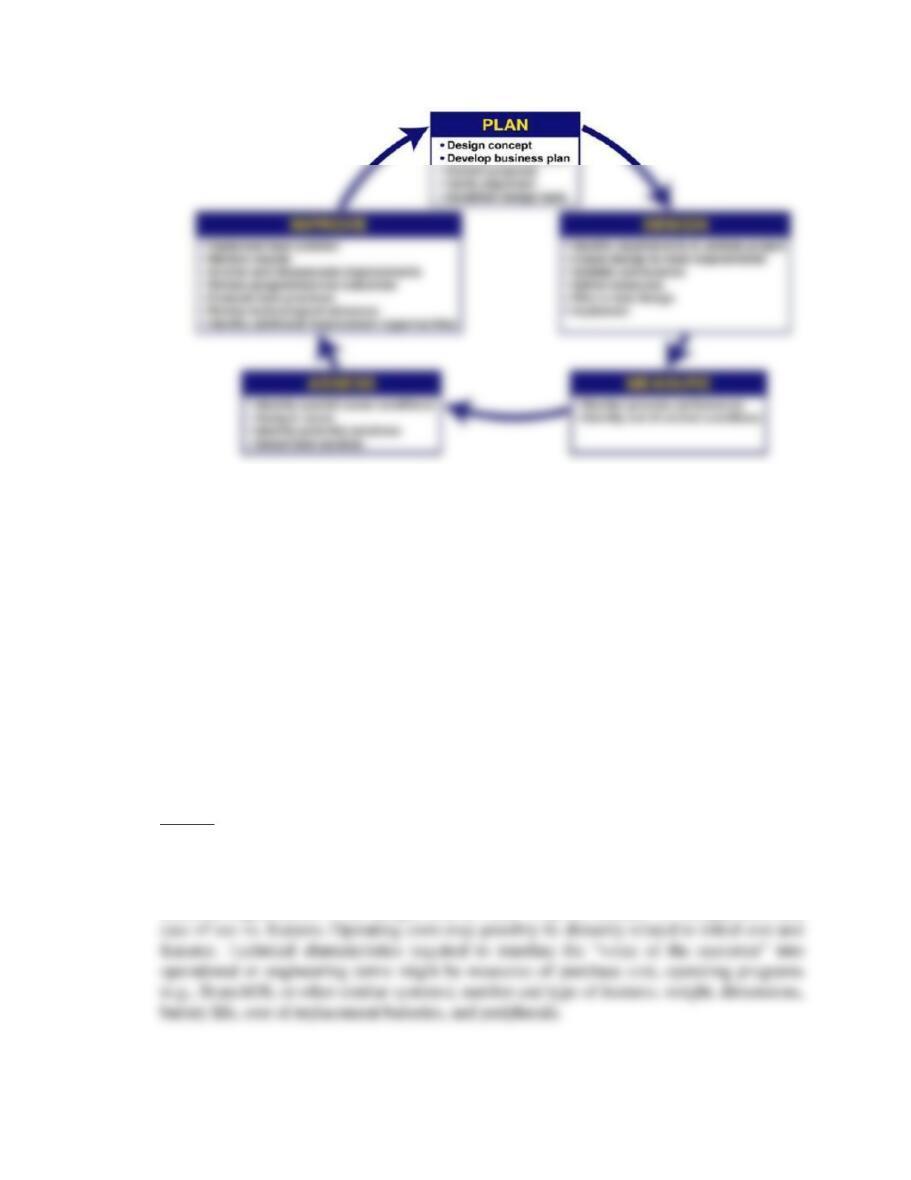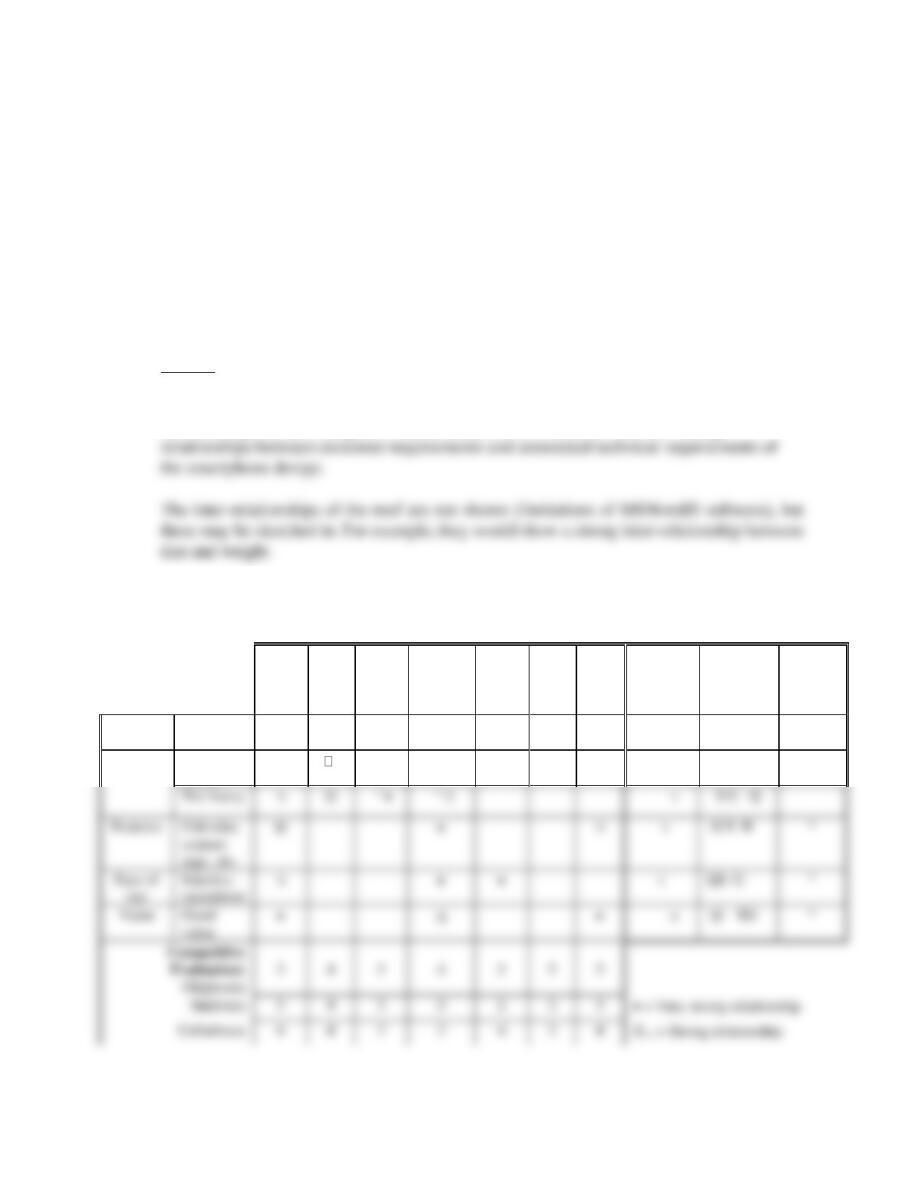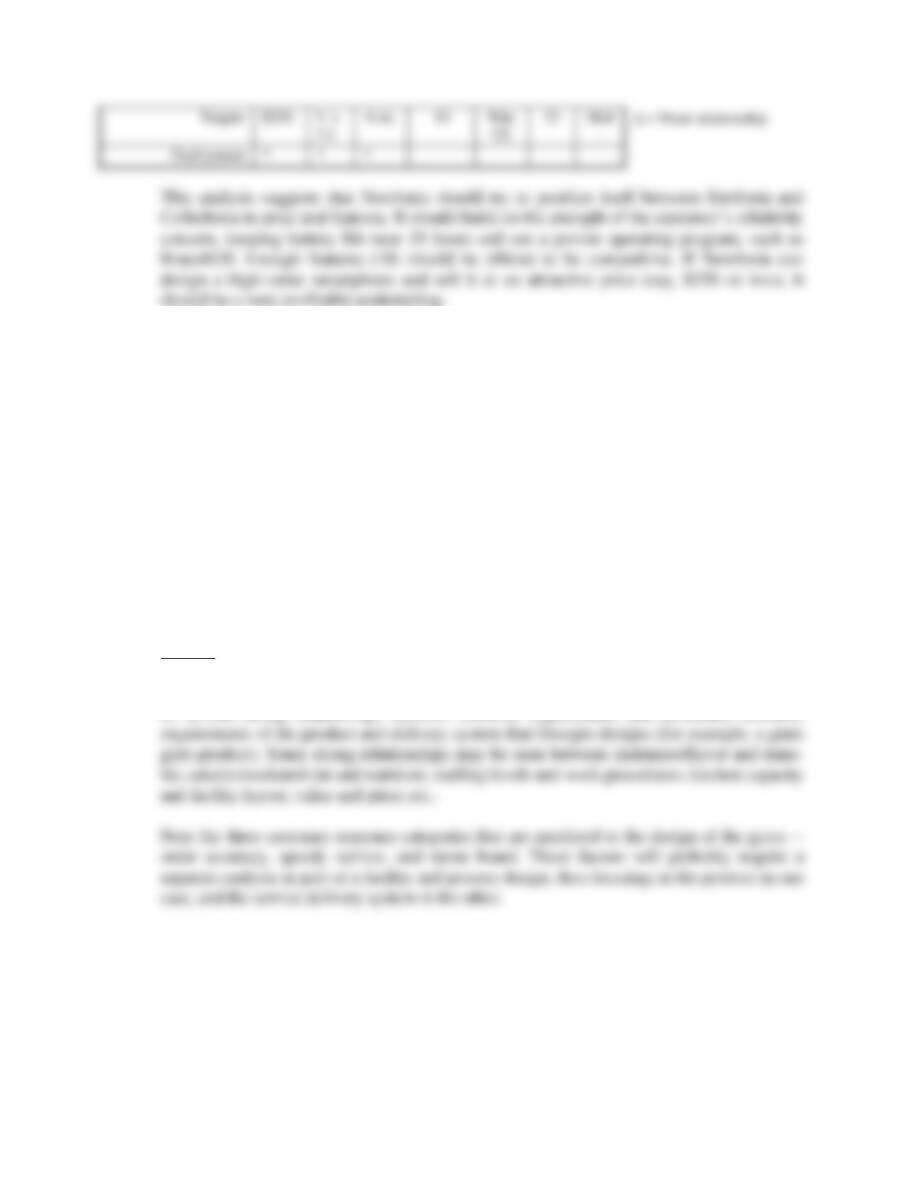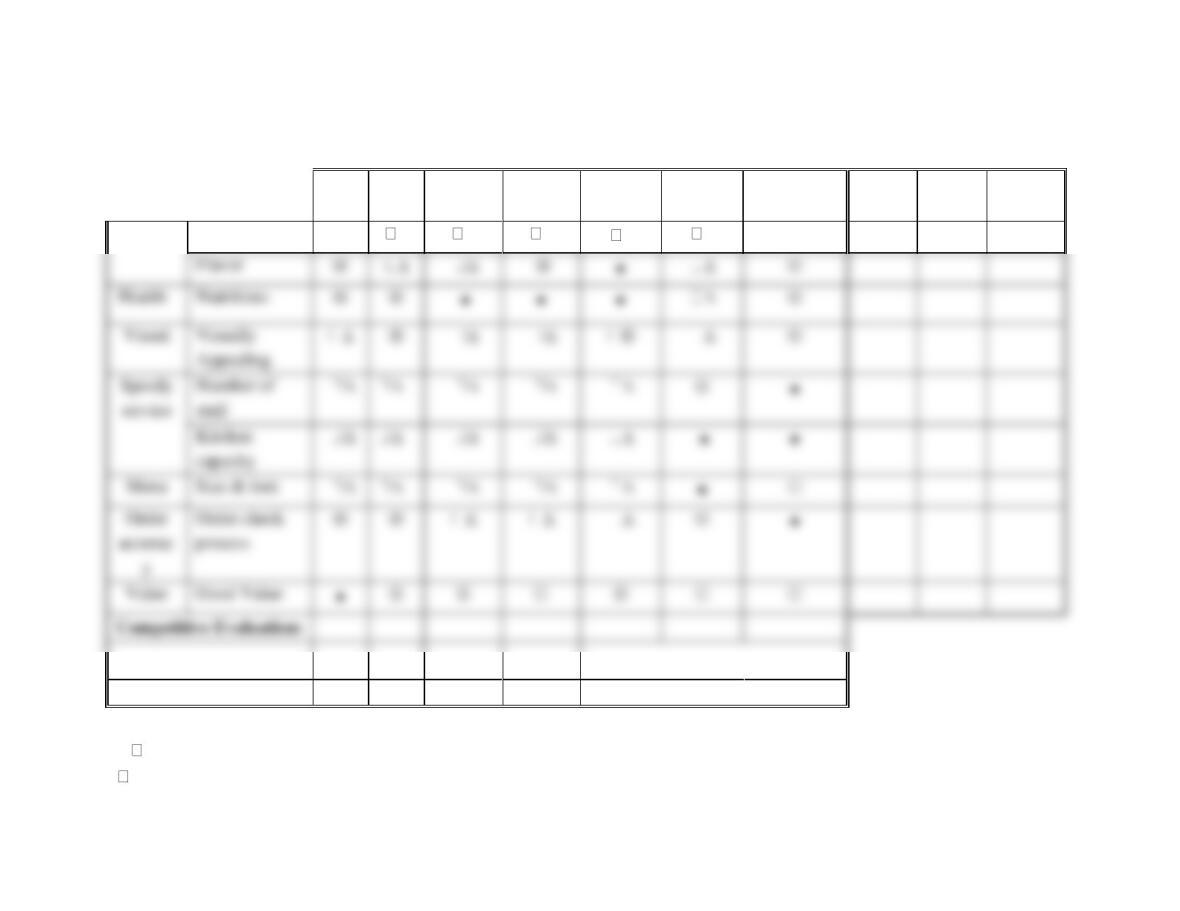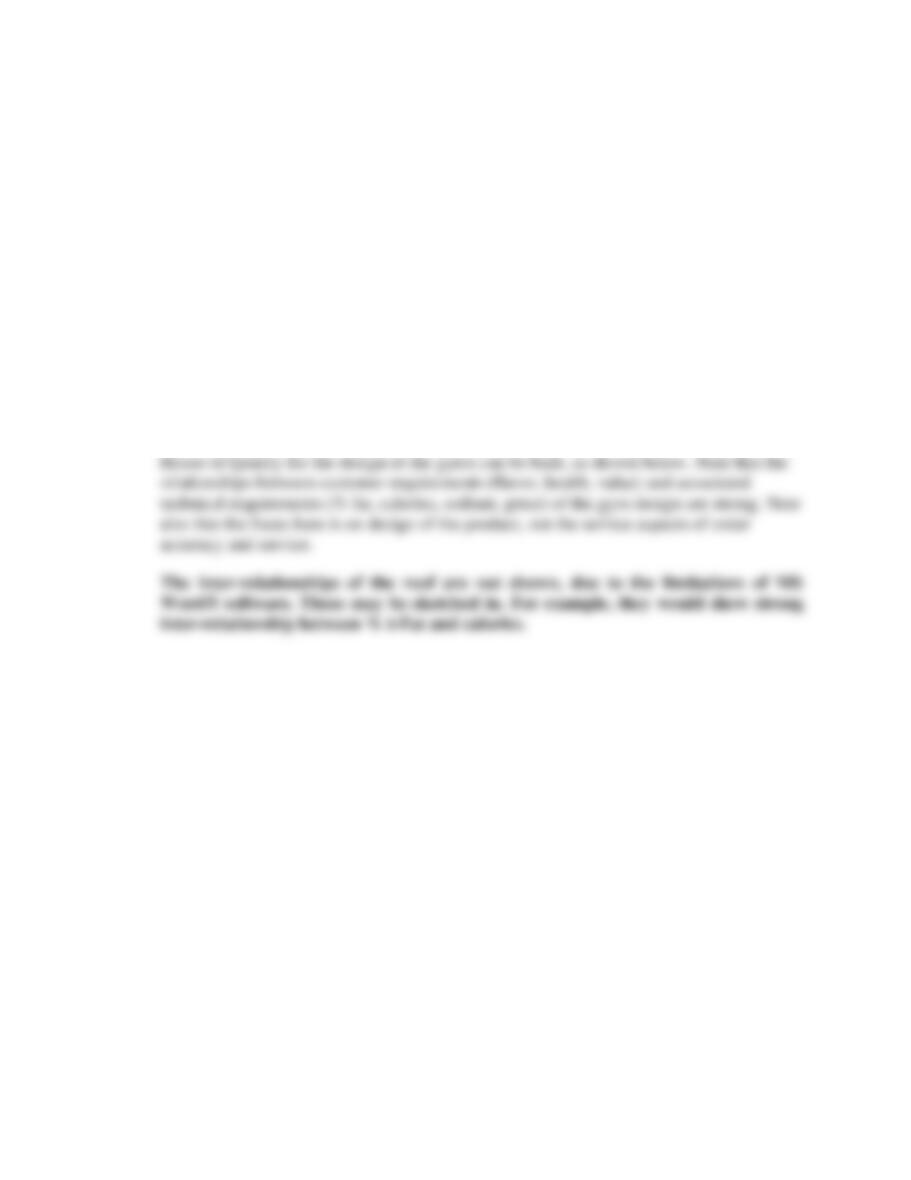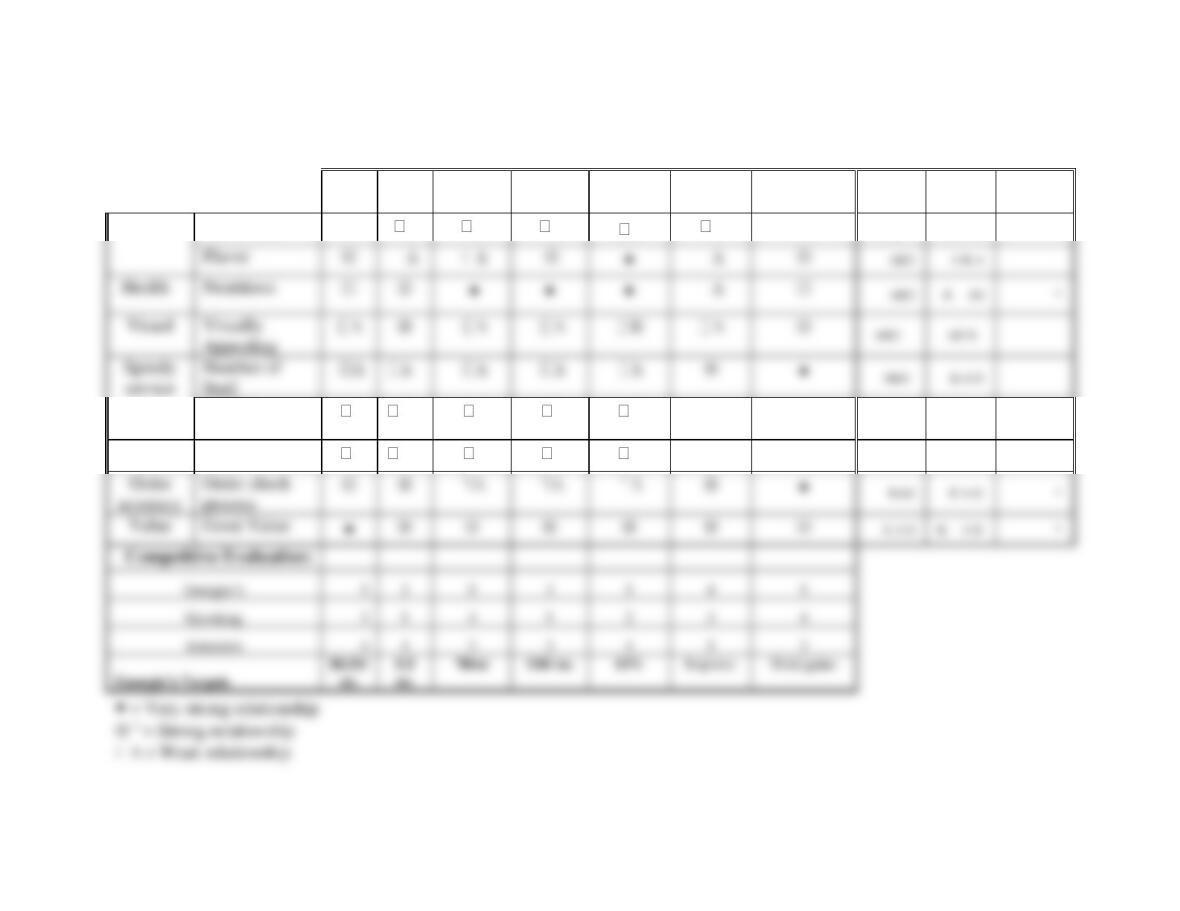Design for Quality and Product Excellence 3
formal reliability evaluation, using techniques such as accelerated life testing and burn-
in.
• To examine the characteristics of Design Failure Mode And Effects Analysis
(DFMEA) -- a methodology to identify all the ways in which a failure can occur, to
estimate the effect and seriousness of the failure, and to recommend corrective design
actions.
• Fault Tree Analysis (FTA), sometimes called cause and effect tree analysis, is a
method to describe combinations of conditions or events that can lead to a failure. In
effect, it is a way to drill down and identify causes associated with failures and is a good
complement to DFMEA.
• To investigate good product design, which anticipates issues related to cost,
manufacturability, and quality. Improvements in cost and quality often result from
simplifying designs, and employing techniques such as design for manufacturability
(DFM) – the process of designing a product for efficient production at the highest level
of quality.
• To study social responsibilities in the design process including product safety and
environmental concerns, which have made Design for Environment (DfE) and design
for disassembly important features of products, because they permit easy removal of
components for recycling or repair, eliminate other environmental hazards, and makes
repair more affordable.
• To explore Design for Excellence (DFX), an emerging concept that includes many
design-related initiatives such as concurrent engineering, design for manufacturability
design for assembly, design for environment and other “design for” approaches. DFX
• To introduce concept engineering (CE) -- a focused process for discovering customer
requirements and using them to select superior product or service concepts that meet
those requirements.
• To appreciate that the purpose of a design review is to stimulate discussion, raise
questions, and generate new ideas and solutions to help designers anticipate problems
before they occur.
